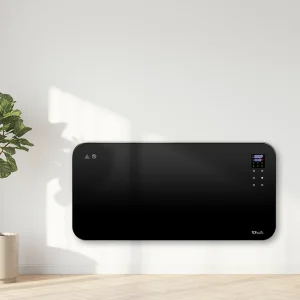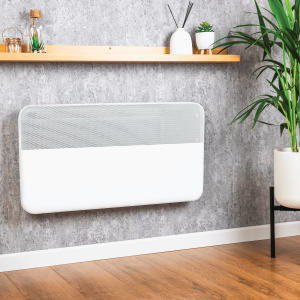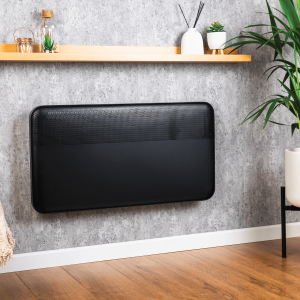
With so many options available, from traditional radiators to modern panel heaters, it’s important to understand which system best suits your needs. Panel heating has gained popularity for its sleek design, energy efficiency, and ability to provide even warmth without bulky equipment. But how does it compare to electric radiators, and what should you consider before making a choice?
Panel heating is a modern, energy-efficient heating solution that uses flat panels installed in floors, walls, or ceilings to radiate heat evenly throughout a space. Unlike traditional radiators that rely on convection, panel heating provides consistent warmth by directly heating surfaces and objects, reducing heat loss and improving comfort. With lower energy consumption and a dust-free operation, panel heating enhances indoor air quality while delivering a comfortable, evenly distributed heat source.
Panel heating systems can be categorised into two main types based on their heat source:
Both types provide a comfortable and energy-efficient alternative to electric radiators, offering a sleek and space-saving solution for modern heating needs.


Choosing the right electric panel heater depends on factors such as room size, heating type, energy efficiency, and additional smart features. While panel heaters offer silent operation, even heat distribution, and a sleek design, they may not always be the best option for rapid heating or larger spaces. Considering the benefits and limitations of these systems ensures that homeowners select a heating solution that aligns with their comfort and budget needs. With the right choice, panel heating can provide a cost-effective, efficient, and aesthetically pleasing way to maintain warmth throughout the home.



